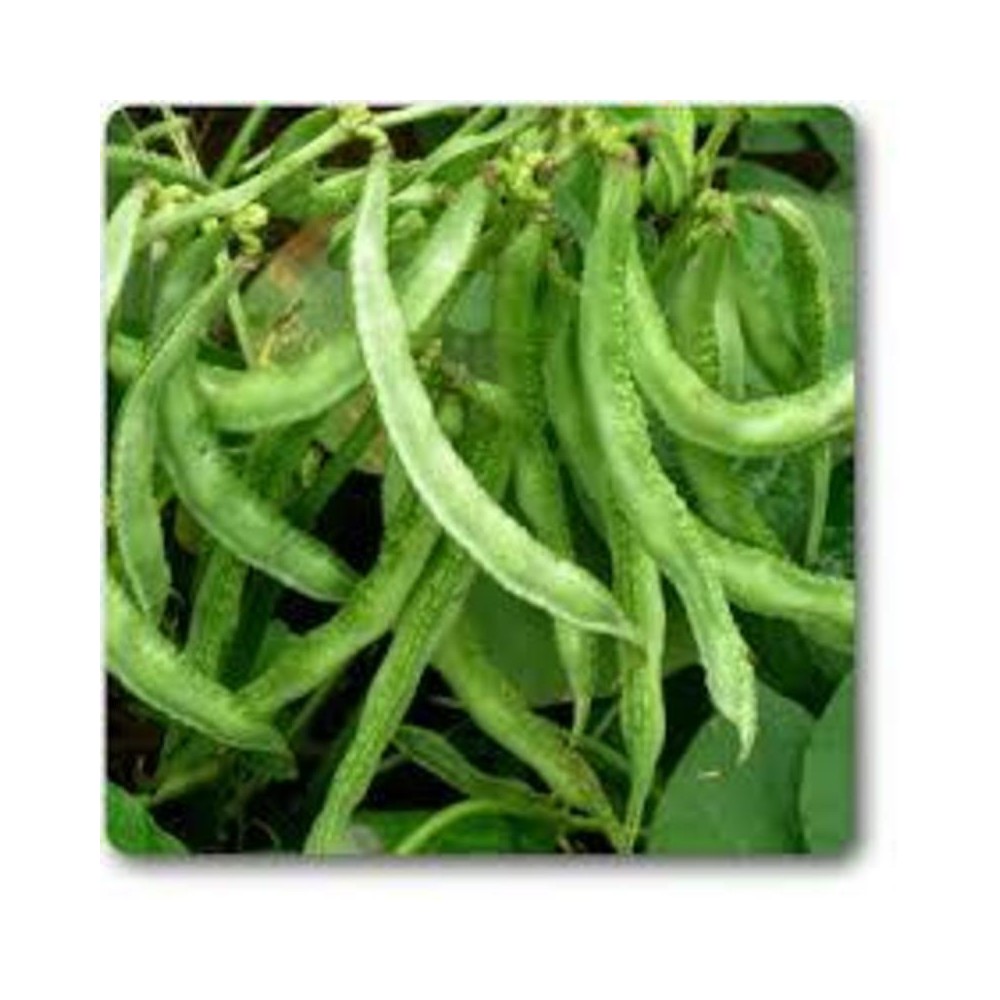



Beans Pole and bush beans (more commonly called green beans) are a tender vegetable and a great addition to any garden, great eaten fresh off the plant or incorporated into a recipe. Bush beans require less maintenance, so they are easier to grow.

Security policy visit http://nurserynature.com/content/10-security-policy

Shipping & Delivery Policy visit http://nurserynature.com/content/1-delivery

Cancellation & Refund Policy visit http://nurserynature.com/content/6-aeu-legal-revocation-terms
Beans Pole and bush beans (more commonly called green beans) are a tender vegetable and a great addition to any garden, great eaten fresh off the plant or incorporated into a recipe. Bush beans require less maintenance, so they are easier to grow.
Beans Planting & Care
· Pole beans will grow in a climbing vine and require a trellis or staking. Bush beans will spread up to 2 feet but do not require support. Watch this video to learn how to support beans properly.
· Do not start seeds indoors; they may not survive transplanting.
· Seeds can be sown outdoors anytime after last spring frost, minimum soil temp is 48 degrees F. Plant 1 inch deep, a little deeper for sandier soils. Cover soil to warm if necessary.
· Bush beans: Plant 2 inches apart.
· Pole beans: Set up trellises, or “cattle panels,” and plant 3 inches apart.
· If you like pole beans, an easy support for them is a “cattle panel”—a portable section of wire fence—16 feet long and 5 feet tall. The beans will climb with ease, and you won’t have to get into contorted positions to pick them.
· For a harvest that lasts all summer, sow beans every 2 weeks. If you’re going to be away, skip a planting. Beans do not wait for anyone.
· Rotate crops each year.
· Mulch soil to retain moisture; make sure that it is well-drained.
· Water regularly, from start of pod to set. Water on sunny days so foliage will not remain soaked.
· Beans require normal soil fertility. Only fertilize where levels are low. Begin after heavy bloom and set of pods.
· Use a light hand when applying high-nitrogen fertilizer, or you will get lush plants and few beans.
· Weed diligently and use shallow cultivation to prevent disturbing the root systems.
· Aphids
· Cutworms
· Bean blossoms will drop from the plant if the weather is too hot and too much nitrogen in the soil will prevent pods from setting.
· Beans are picked at an immature stage, when the seeds inside have not yet fully developed.
· Look for firm, sizable pods and snap or cut off the plant. Do not tear the plant.
· Store beans in a moisture-proof, airtight container in the refrigerator. Beans will toughen over time even when stored properly.
· Beans can be kept fresh for about 4 days, or blanched and frozen immediately after harvesting.
· Beans can also be canned or pickled.